Matra: The Unconventional and Unexpected French Superhero
The French have always had a penchant for doing things a little differently. Take Matra, for example.
The Matra R530 is a medium range air-to-air missile normally fitted to the Dassault Mirage fighter jet.
The Matra M530, on the other hand, is a mid-engine sports car. Of course, that was no coincidence, as the first real Matra sports car was named after the missile built by the same company’s weapon division.
Yet the company’s abnormal conventions didn’t end at naming a mid-engine sports car after an infrared homing missile, making Matra one of the more interesting — albeit obscure — footnotes in French automotive history. The company went from producing front-line weaponry to winning the Formula One title in five years, won Le Mans three times on the trot, and produced some of the first minivans. Yet, at the height of their power, they hung up their automotive jacket and today they produce….bicycles?
Perhaps because they had few conventional restraints, Matra pioneered some very interesting designs and technology in the marketplace, bringing us curiosities and sounds we would be worse off without.
D’jet
Matra didn’t actually start out producing cars, but its production of car bodies for René Bonnet’s diminutive mid-engine, rear-drive coupe ultimately resulted in the takeover of the company. Jean-Luc Lagardère became the head of Matra Sports, and the Djet was their first “new” car. The Djet was the first production mid-rear car in the world, though the Italians would become better associated with it shortly thereafter.
Still, the engine layout wasn’t the only revolutionary thing about the Djet — it featured a fully independent suspension, four-wheel disc brakes, double coil-over shocks in back and sway bars on both ends. They were very pretty small coupes, with some elements that look quite Italian in origin, but the sideways-opening hood was a sure-fire sign this was a French creation. Under the hood lay engines from Renault that were steadily upgraded over the production run. In total, about 1,500 Djets were produced.
Highlights: The French version of the Opel GT (which was the German version of the Corvette), engine by Gordini.
M530
The car named after a missile continued its path of innovation by bonding the fiberglass bodywork to the steel frame. The styling was typically French-funky, a strange combination of the Porsche 914, Volkswagen Karmann Ghia T34 and Lotus Elan that somehow works.
Power came from the Ford Taunus P4 in the form of their new V4 motor, compact and sitting directly behind the rear passengers — which left room for a somewhat conventional trunk. Like the D’jet, the M530 underwent several changes over its production run in an effort to make it more accessible to the public. Plans to keep costs affordable worked; 9,609 M530s were produced.
Bagheera
The Bagheera was born out of a necessity to please Chrysler, Matra’s new partner (through Simca) in the 1970s. Innovations continued, though — while the mid-rear layout was retained and the V4 Ford was abandoned for a more pedestrian Simca inline-four, Matra’s desire to include more of your friends to come along on the ride resulted in an unusual three-abrest seating.
The shape was decidedly more modern than the ’60s-style D’jet and M530, with a profile that mimicked the Lotus Esprit and a few more models of the Wedge Era. Matra toyed with making a more powerful “U8” — essentially, two of the inline-fours running in parallel and connected by a single clutch, but plans never came to fruition. However, a more powerful 1.4-liter, 90 horsepower Bagheera S was launched in 1976. In total, some 47,796 Bagheeras were produced.
Rancho
Buoyed by a series of increasingly popular and successful mid-engine, rear-drive sports cars, the natural progression was — of course — to build a offroad-inspired wagon.
The Rancho was essentially a Simca 1100 with some modifications, so there was no trick all-wheel drive setup like the AMC Eagle or Jensen FF. There was, however, the same propensity to rust as found in the Bagheera. Despite that, the Rancho was the most popular Matra model produced, with some 56,457 making to the market before immediately rusting to death.
Highlights: You’re welcome, Subaru, Volvo and Audi.
Murena
The Bagheera’s basic design was further honed into the Murena. The major innovation was rust protection; the Murena was the first production car to have a galvanized chassis. The body was even more aerodynamic and angular, and the three-wide seating remained.
Power was increased over the production run; the original had a 1.6-liter inline-four nabbed from the Chrysler Alpine ( European Car of the Year in 1976, don’t you know!) but was later upgraded to the 2.2 from the even less successful Talbot Tagora in the midst of the Peugeot takeover of Chrysler. A further upgraded “S” model with revised camshaft and 25 more horsepower was made in limited numbers.
A total of 10,680 Murenas were produced.
Espace
Now well established in building semi-obscure mid-engine sports cars, Matra’s next logical step was to produce a minivan. The Espace came from the same designer as the Murena, Antonis Volnais. Originally labeled Project P18, the Espace had been pitched to PSA, but they rejected the design. However, Matra managed to get Renault to sign on to the project, and the Murena’s production line was closed, now replaced by Espace body molding and assembly.
The company’s expertise in plastic resin helped in no small measure here, and the Espace went on to become hugely successful. Matra produced all of the first three generations of Espace, through the 2002 model year, with a total production of 885,557 produced. They also made the one-off Espace F1 we looked at a few weeks ago.
Highlights: The world’s second production “minivan”?
Avantime
The Avantime was the swan song for the company, as Renault moved production of the newer steel-based Espaces to their own production facility. In its place, Matra made the auto show-pleasing but slow-selling Avantime.
Perhaps true to its name, the Avantime predicted the emergence of the sporty crossover market nearly a decade early. It was made available with the 3.0-liter 24V V6, good for 207 horsepower, and could be mated to a 6-speed manual transmission. Maybe it was a bit too far ahead of its time, though, as Matra produced only 8,552 over the short three-year production span before Renault canceled the project.
Highlights: If it’s good enough for Top Gear, it must be good enough for you?
Formula 1 and Le Mans Prototypes
Perhaps most stunning was Matra’s foray into the top echelons of motorsports. Heading the Formula 1 effort was Ken Tyrrell, who struck a deal to utilize Ford DFV power. He recruited Jackie Stewart to drive, and the combination proved quite successful, with Stewart winning the championship in 1969.
However, Matra — who had only to this point borrowed engines for all of its projects — decided to build its own 3.0-liter V12 to race. Of course, for a company known for making air-to-air missiles and plastic car bodies, competing at this level against establishment automakers like Ferrari sounds a bit like lunacy.
But the result was quite successful, creating one of the best-sounding V12s ever produced and some of the coolest exhaust arrangements ever seen. The engine would power a series of prototype sports-racers at Le Mans to victory in 1972, ’73 and ’74 with the M670, the crowing achievement of French motorsports.
The V12 also went on to be mildly successful with the Ligier team until regulations killed it off.
In 1974, Matra boss Jean-Luc Lagardère decided the company had quite simply won enough and withdrew from motorsports entirely. Matra still runs a classic museum with many of these winning cars, parading them around to classic events such as the Goodwood Festivals and in historic racing.
Highlights: Seeing Hearing one in person
[Source, images: Matra, Matra Sports]
More by Carter Johnson
Latest Car Reviews
Read moreLatest Product Reviews
Read moreRecent Comments
- Zerofoo No, I won't miss this Chevrolet Malibu. It's a completely forgettable car. Who in their right mind would choose this over a V8 powered charger at the rental counter? Even the V6 charger is a far better drive.
- Offbeat Oddity Nope, I won't miss it. I loved the 2008-2012 Malibu, but the subsequent generations couldn't hold a candle to it. I think the Impala was much more compelling at the end.
- Zerofoo An almost 5000 pound hot hatch that fell out of the ugly tree and hit every branch on the way down? No thanks.
- Tassos Jong-iL This would still be a very nice car in North Korea.
- Jeff One less option will be available for an affordable midsize sedan. Not much can be done about GM discontinuing the Malibu. GM, Ford, and Stellantis have been discontinuing cars for the most part to focus on pickups, crossovers, and suvs. Many buyers that don't want trucks or truck like vehicles have moved onto Japanese and South Korean brands. Meanwhile large pickups and suvs continue to pile up on dealer lots with some dealers still adding market adjustments to the stickers. Even Toyota dealers have growing inventories of Tundras and Tacomas.



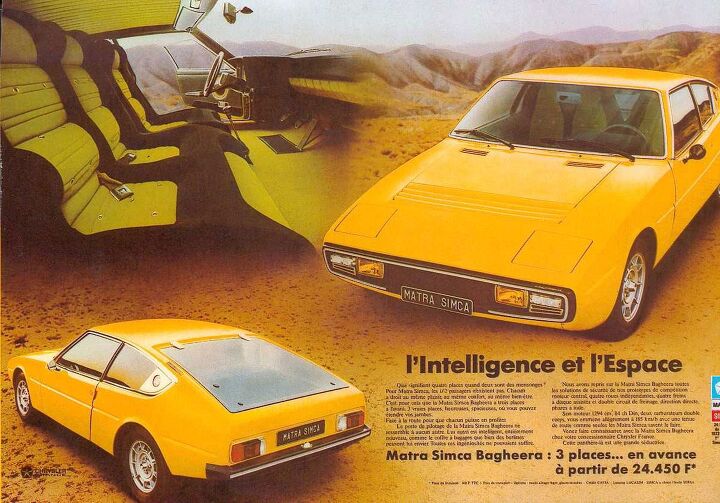





















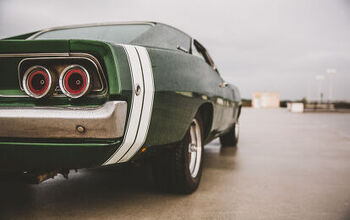




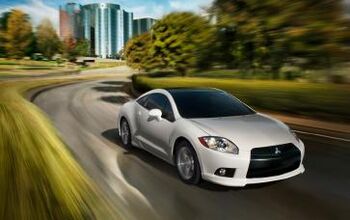
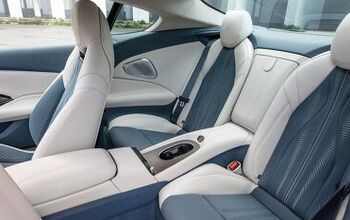

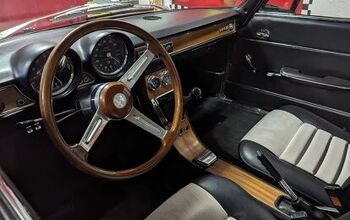




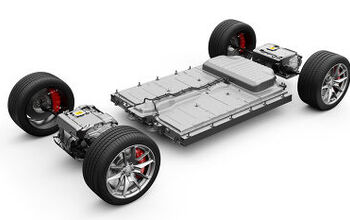

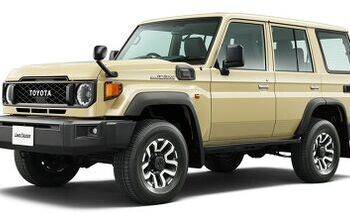
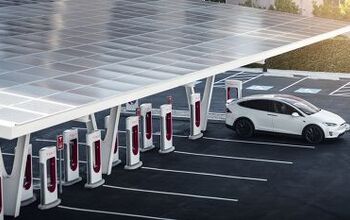
Comments
Join the conversation
Late to the party, loved the article. I knew none of this. The Trumpets of God make very pretty harmonics.
Interesting article. It would be helpful though if there were more dates attached regarding the production cars to help with contextualization.